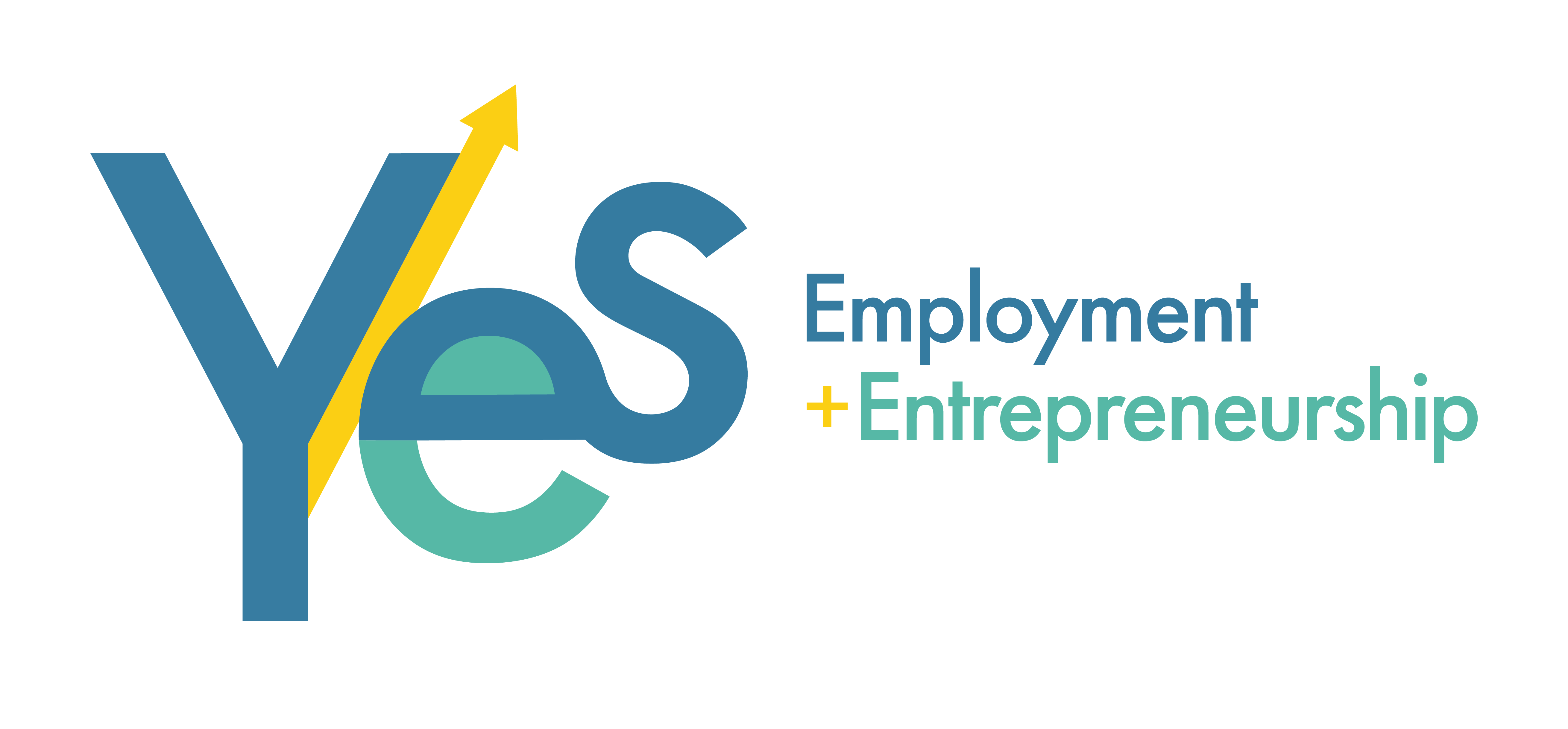Sponsors could be key to solving tech’s lack of gender diversity
While it may be relatively easy for women to enter the industry, they often stall in lower-level positions, leaving women feeling stagnated in their careers. Companies can, however, improve their gender-diversity efforts and accelerate the number of women entering, advancing and succeeding in the tech industry by implementing sponsorship programs.
Read the full article here
Source: techcrunch.com
This report of the Organisation for Economic Co-operation and Development has been prepared at the request of the Australian government. It aims to further strengthen the evidence base in support of G20 Digital Economy Task Force discussions on the equitable participation of women in the digital economy.
Additionally, this report explores a range of factors that underpin the digital gender divide, bolsters the evidence base for policy making and provides policy directions for consideration by all G20 governments.
There are concrete ways to promote black women in their efforts to study and work in STEM fields, a new study argues.
The National Science Foundation reports that women of color constitute fewer than 1 in 10 employed scientists and engineers. And the women of color who are in STEM aren’t necessarily seeing their identities reflected and incorporated in STEM fields.
Read the study here. Source: Futurity
This webpage is dedicated to being a repository of information for research articles, blogs and useful references for those interested in learning about the challenges facing women and minorities in science.
ACCESS THE RESOURCES curated by Dr. Sarah Rugheimer
Lack of women in leadership roles is a global phenomenon, and particularly in areas like STEM. Here is a snapshot on the global scenario and qualities that make women phenomenal leaders.
Source: Dataconomy
Help Reduce the Quit Rate for Women in STEM
In many ways, this has been the decade of STEM and women’s leadership. There are hundreds of initiatives nationwide supporting increased participation by girls in STEM (science, technology, engineering, and math) programs, and just as many programs and organizations advocating for women leaders.
But there’s a gap between the investment in encouraging technical careers for girls and young women and the ROI in terms of the actual number of women who make it to management-level positions in STEM.
Click here to read the article.
Source: Center for Creative Leadership
This in-depth resource guide from Maryville University was created for girls, young women, teachers and educators who are looking to share information that encourages women to study STEM and pursue careers in the STEM field.
The guide provides detailed insights and resources on the following topics:
- The growing need for women in STEM
- Tips and advice for schools and organizations to motivate women involved in STEM
- Challenges women face in STEM careers
- Strategies to overcome workplace obstacles in STEM
- Tips on how to create a successful STEM Career
- Examples of women who are leaders the STEM Field
- STEM Leadership Development
- Learning and professional growth for women in STEM
View Guide by Technology Networks
Mary Ann Mason, UC Berkeley, and Joan C. Williams, UC Hastings, have engaged in more than 20 years of original research to determine when and why women drop out of the pipeline and to develop tools to help universities retain women scientists.
View the catalogue of workshops
Government policy and action plan, which includes 21 measures and involves all government departments and agencies in efforts to promote the participation of all in the development of Québec.
This document can be consulted on the MICC website
Isis H. Settles, PhD, is associate professor in the department of psychology at Michigan State University (MSU) in the social-personality interest group. Her research on this topic examines women’s attrition in STEM (specifically within the natural sciences, technology, engineering and mathematics) by focusing on two broad aspects of their experiences:
- Challenges women face.
- Protective factors that can ameliorate the negative impact of such experiences.
In this Science Brief, she reviews her work in these areas, focusing primarily on the experiences of women as undergraduate and graduate students and as faculty members in university settings.
Read more















